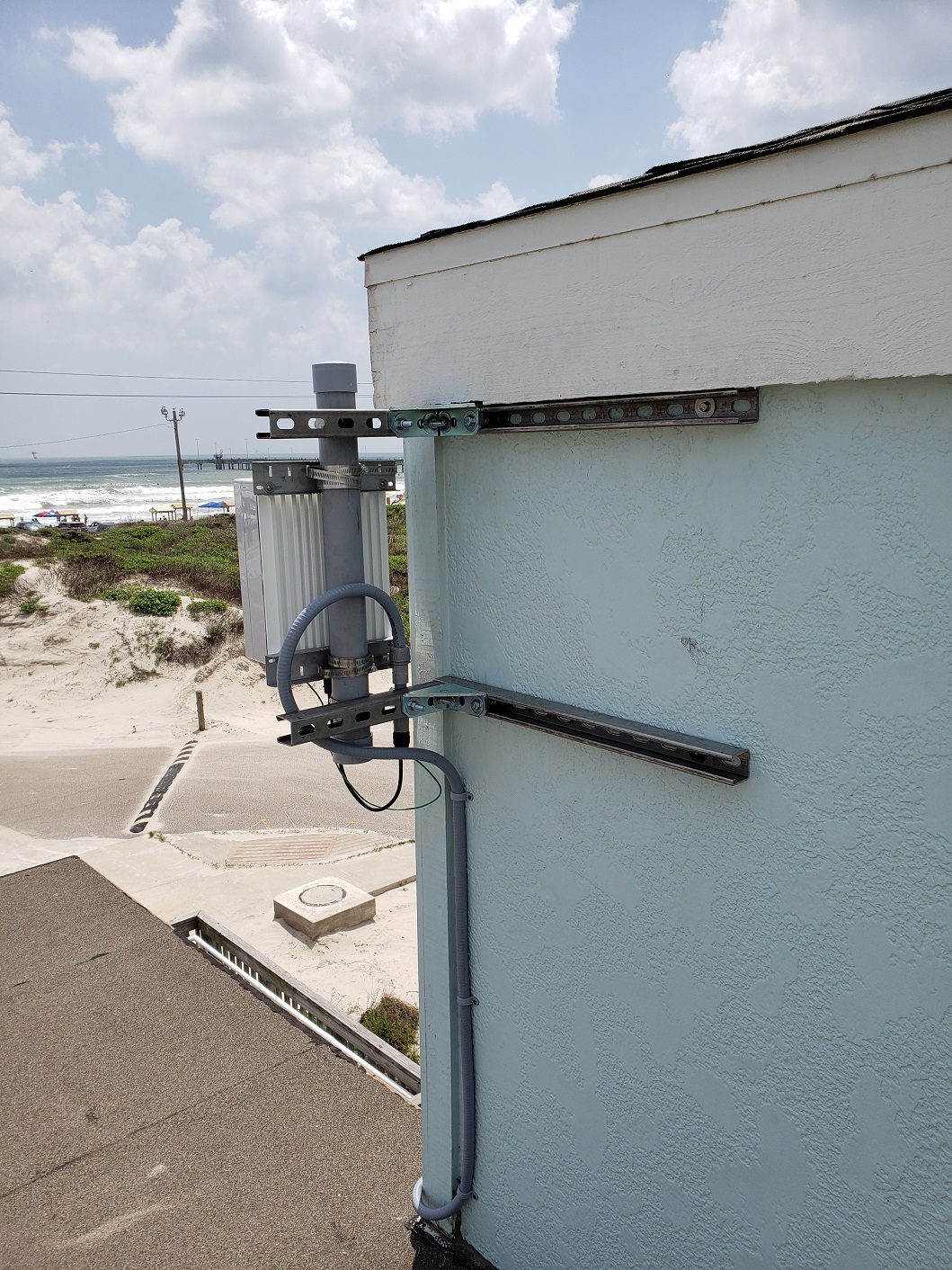Test company Rohde & Schwarz says it is offering the first system capable of testing the compliance of smartphones to provide location information for emergency calls to 112.
A new European Commission regulation requires that all smartphones sold in the European Union, starting in March 2022, must be able to provide positioning data when a caller contacts 112, the European equivalent of a 911 emergency call. Smartphones have to be compliant with several positioning systems in order to comply with the new rules, Rohde & Schwarz said. Certification service provider Cetecom is already doing the first E112 testing using test sequences provided by R&S.
In other test news:
–Keysight Technologies launched a new self-service portal for enterprise licensing agreements, as part of its customers’ ability to manage their Keysight software subscriptions. The company says that the new portal will enable more flexible access and that it streamlines and automates license administration for Keysight software, including its flagship PathWave design and test tools, its radio frequency signal generation design and test tools, among others.
-Handheld device manufacturer Wistron is using Ansys’ simulation software in order to cut time and costs associated with testing 5G cellular antenna power and performance optimization. Ansys says that its system enables the company to “simulate and measure antenna performance faster than more expensive, low-yield, instrument-driven alternatives.”
-British Telecom (BT) and Nokia on Wednesday announced a new Open RAN trial in the city of Hull. BT will install Nokia’s RAN Intelligent Controller (RIC) across a number of sites. The goal of the project: to optimize and scale Open RAN network performance under controlled real world conditions. Full story here.
-According to the latest Opensignal 5G experience report, Verizon remains the sole winner of the experiential measures, which include the gaming and voice app experience, but T-Mobile US “dominates in both the speed metrics and in the two measures of a network’s extent.” Further, T-Mobile US, overall, demonstrated more notable improvements in all categories when compared to Verizon and AT&T. “T-Mobile reported it hit its 2021 goal of covering 200 million people with what it calls its “Ultra Capacity 5G” service which relies on the 2.5GHz band. AT&T and Verizon have little similar mid-band 5G spectrum able to support their users’ experience because they have seen C-band 5G launches delayed, “commented Opensignal. Full story here.













